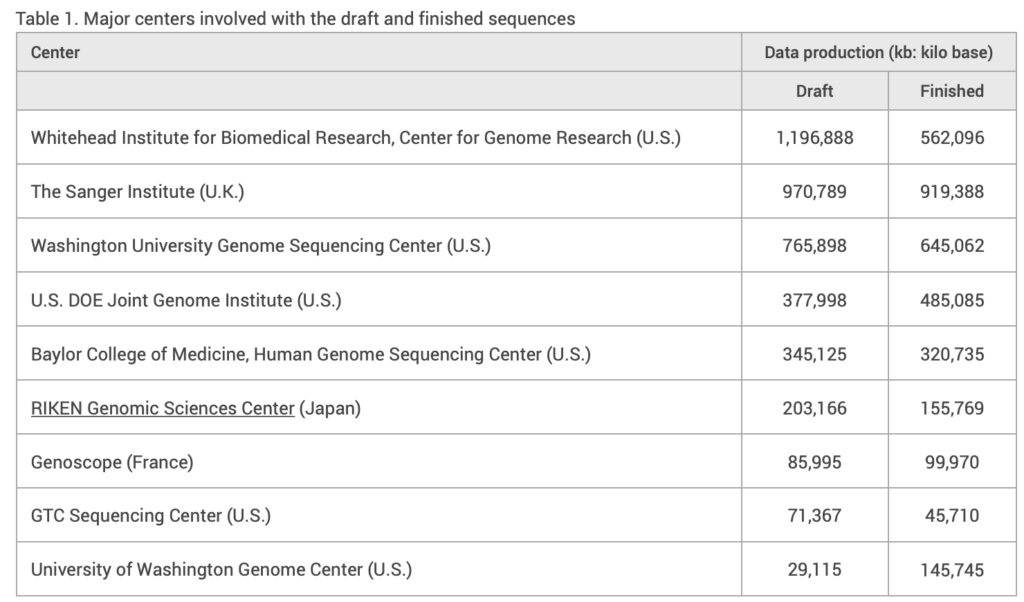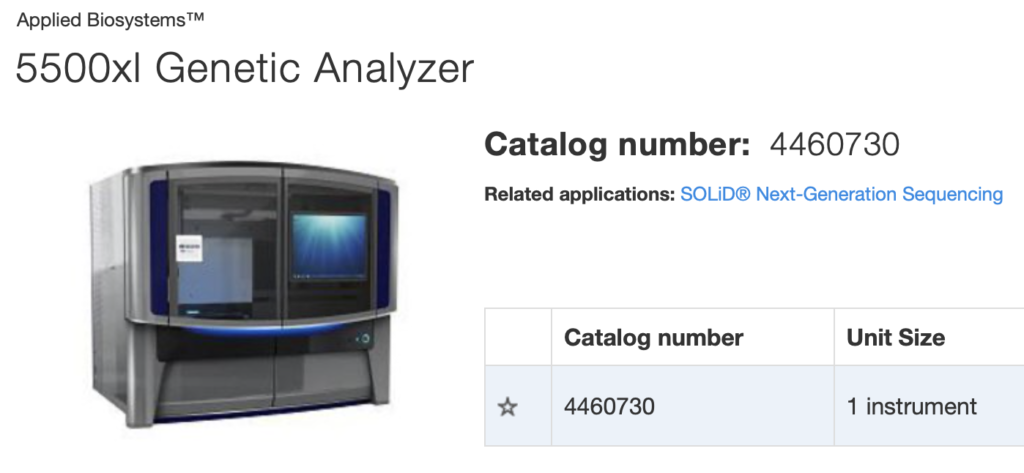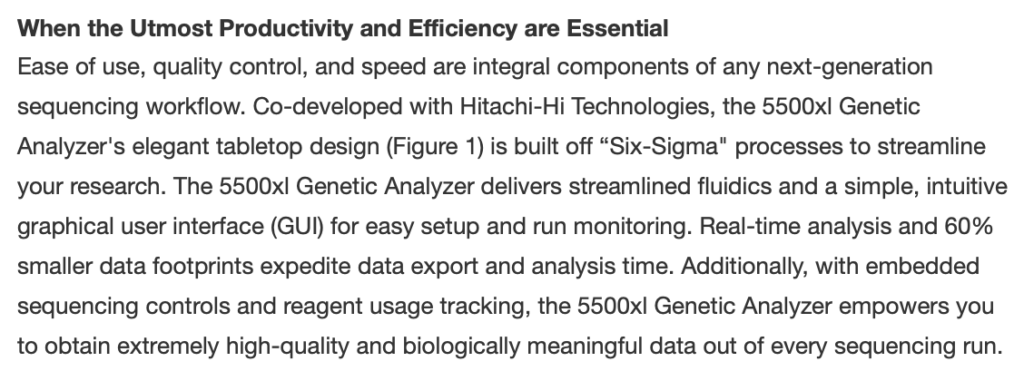DNA Sequencing and Japan
A Short History of Sequencing in Japan

They also developed instrumentation, and technology used in the human genome project, for example multi-capillary sequencing, “The multi-capillary DNA sequencer equipped with Kambara’s device was commercialized in 1998 in alliance with Hitachi and Applied Biosystems“.
But after the human genome project, Riken and other sequencing centers in Japan, didn’t really transition into “genome centers”. In short, no “production scale” sequencing core facilities where maintained in Japan.
Japan was slow to take on next-gen sequencing, and made some significant mis-steps. For example, acquiring a number of the commercially failed Helicos instruments. This was likely a significant investment (probably enough to buy 8 Illumina instruments). While some interesting work may have been done on the Helicos instruments, it was’t really suitable for the kind of large scale projects (1000 Genomes project etc.) that other centers were engaging in.
So, large sequencing projects fell by the wayside in Japan… and both research and instrumentation seemed to stagnate for many years.
Japanese Components Used in DNA Sequencing
At the same time, Japanese companies have continued to play an important role in DNA sequencing instrumentation, ABI contracted Hitachi to develop their (failed) next-gen sequencing instruments:


But more importantly Illumina instruments used (and likely still use) a number of critical components developed in Japan.
The Illumina GA2 used at least the following components from Japanese companies:
- Nikon x20 Objectives (and likely other optical components)
- An ASI stage, incorporating IKO linear guides (and possible other components)
The Miseq uses two Sony DSLR grade CMOS image sensors (IMX038?), and likely other components of Japanese origin. The Hiseq instruments use Hamamatsu TDI linear CCD imaging sensors, which it seems are likely still used on the Novaseq and other instruments.
While I have no direct evidence, many other critical components (laser diodes, filters) are commonly made in Japan and may be used in Illumina instruments. So while much of DNA sequencing instrumentation is built upon Japanese technology, Japan has failed to capitalize on the added-value produced by DNA sequencing instrumentation.
Japanese DNA Sequencing Startups
In part because there have been few sequencing startups in Japan. Elsewhere I’ve listed ~40 startups engaged in the development of new approaches to DNA sequencing. ~30 of these are based in the US. 5 in the UK. And in Japan, 1 (of which I was previously the CTO).
This lack of sequencing startups has contributed to Japan’s lack of capability in this area…